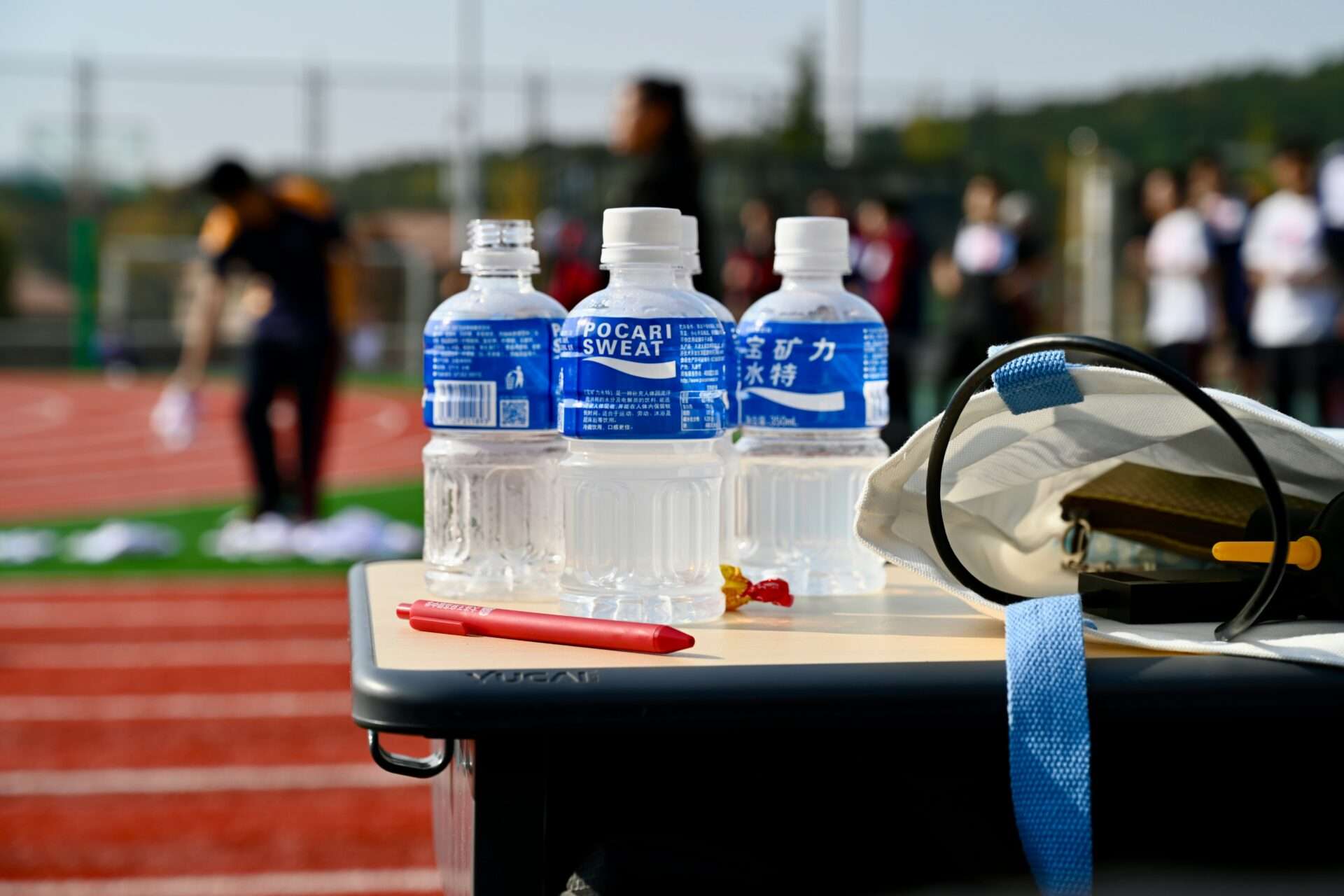The Complete Runner’s Hydration System Guide
Proper hydration is the invisible fuel that powers every mile. This comprehensive guide examines the science behind running hydration and provides actionable strategies for selecting and using hydration systems effectively.
Key Hydration Principles
- Individualized needs: Hydration varies by sweat rate and conditions
- Electrolyte balance: Sodium/potassium replenishment prevents cramping
- Gear optimization: Match system to distance and terrain
- Proactive drinking: Prevent dehydration before symptoms appear
Hydration Science for Runners
Fluid Requirements by Distance
| Run Duration | Water Needs | Electrolyte Additions |
|---|---|---|
| <60 min | 500-750ml | Optional |
| 1-2 hours | 750-1000ml | Recommended |
| 2+ hours | 1000-1500ml | Essential |
Sweat Rate Calculation
Determine your personal hydration needs:
- Weigh yourself nude before running
- Run for 1 hour at race pace
- Dry off and weigh again nude
- Each pound lost = 16oz fluid deficit
Hydration Pack Selection Guide
Capacity Recommendations
| Run Type | Reservoir Size | Storage Needs |
|---|---|---|
| Road Marathon | 0.5-1L | Gels, phone |
| Trail Half Marathon | 1-1.5L | Nutrition, jacket |
| Ultramarathon | 2-3L | Full emergency kit |
Must-Have Features
- Quick-access pockets: For electrolytes/nutrition
- Magnetic tube holders: Prevent bouncing
- Adjustable sternum straps: Customizable fit
- Ventilated back panel: Reduces sweat buildup
Water Bottle Options Compared
Handheld Bottles
Best for: Road runs <2 hours
- 12-20oz capacity
- Pocket for keys/gels
- Refillable at fountains
Waist Packs
Best for: Trail runners wanting quick access
- Dual 10-12oz bottles
- Zippered storage compartment
- Minimal bounce design
Ultramarathon Hydration Strategy
Aid Station Protocol
- Pre-plan station locations
- Refill 25% before empty
- Add electrolytes at each stop
- Chug 8-12oz before leaving
Extreme Condition Adjustments
- Heat: +250ml/hour + electrolytes
- Altitude: +30% baseline needs
- Humidity: Monitor urine color
Hydration Gear Maintenance
Cleaning Schedule
| Frequency | Process |
|---|---|
| After every use | Rinse with warm water |
| Weekly | Vinegar soak (1:3 ratio) |
| Monthly | Bottle brush deep clean |
Replacement Indicators
- Cloudy reservoir/tube
- Stiff or cracked bite valve
- Leaking seams
- Persistent plastic taste
Cutting-Edge Hydration Tech
Smart Monitoring Systems
- Bluetooth-enabled sensors track intake
- AI-powered hydration reminders
- Integration with fitness watches
Advanced Materials
- Antimicrobial tubing
- Self-cleaning reservoirs
- Biodegradable pack materials
Common Hydration Mistakes
Errors to Avoid
- Overdrinking: Can cause hyponatremia
- Electrolyte neglect: Leads to cramping
- Gear testing: Never race with untested system
- Temperature ignorance: Cold reduces thirst signals
Conclusion
Optimal running hydration requires understanding your physiological needs and matching them with the right gear system. Whether choosing a minimalist handheld bottle for road races or a robust hydration pack for trail ultras, the key is developing a personalized hydration strategy through experimentation and data tracking. Remember that proper hydration begins before your run and continues after you finish – make it a priority in your entire training regimen for peak performance and safety.



